Yemen in pictures: Long road to reconciliation conference
- Published
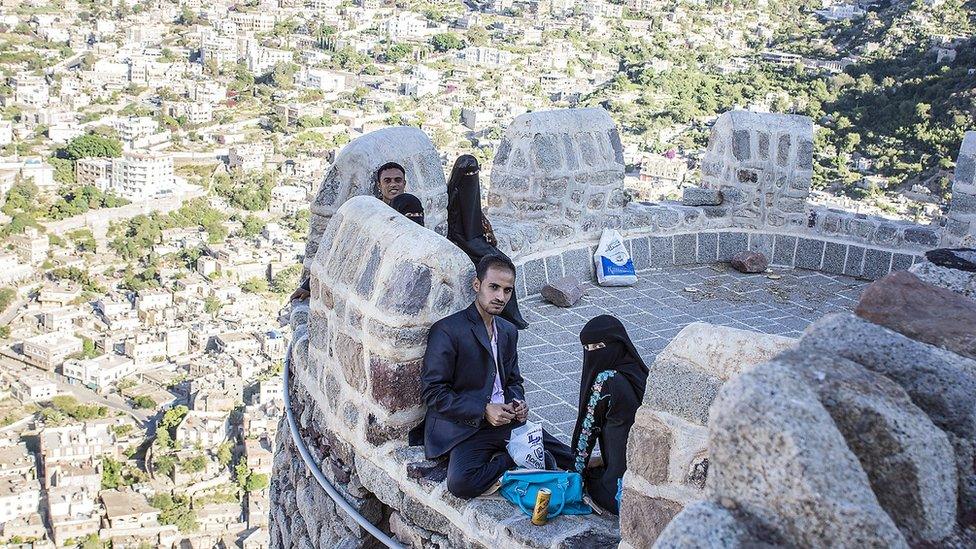
Yemen’s twice-delayed National Dialogue Conference has begun. There are 24 million Yemenis and more than 63% of them under the age of 24. Here young Yemeni couples take in the view from Taiz’s Cairo Castle, from where government forces fired artillery cannons on pro-democracy protesters in 2011.
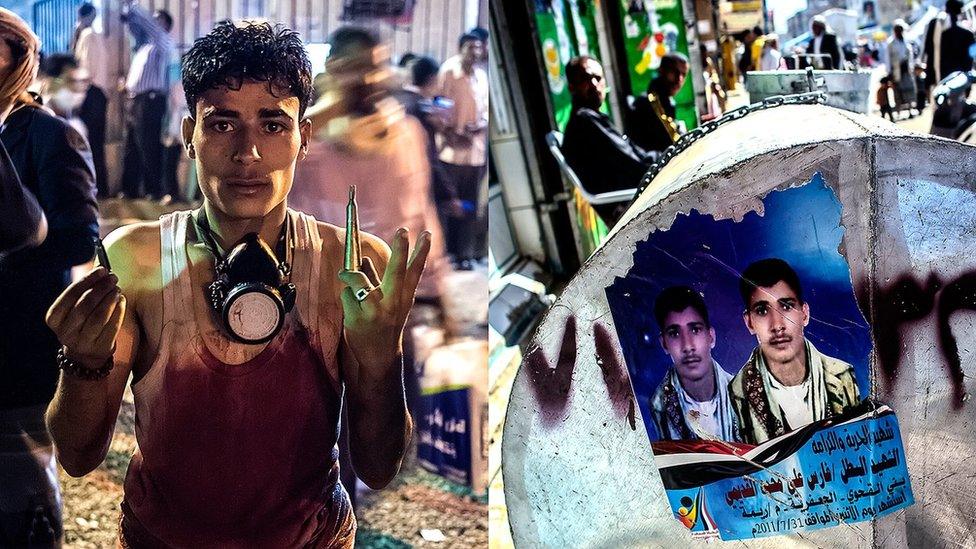
In early 2011, inspired by events in Tunisia and Egypt, protesters across Yemen took to the streets calling for social and political change. Above all they wanted an end to the 33-year-rule of President Ali Abdullah Saleh. Faris Ali Mohammed al-Qadeemi held up shell casings after government forces opened fire on unarmed protesters on 11 May 2011. He was killed on 31 July 2011 when protesters were again fired at. On the right is a street poster commemorating his death.
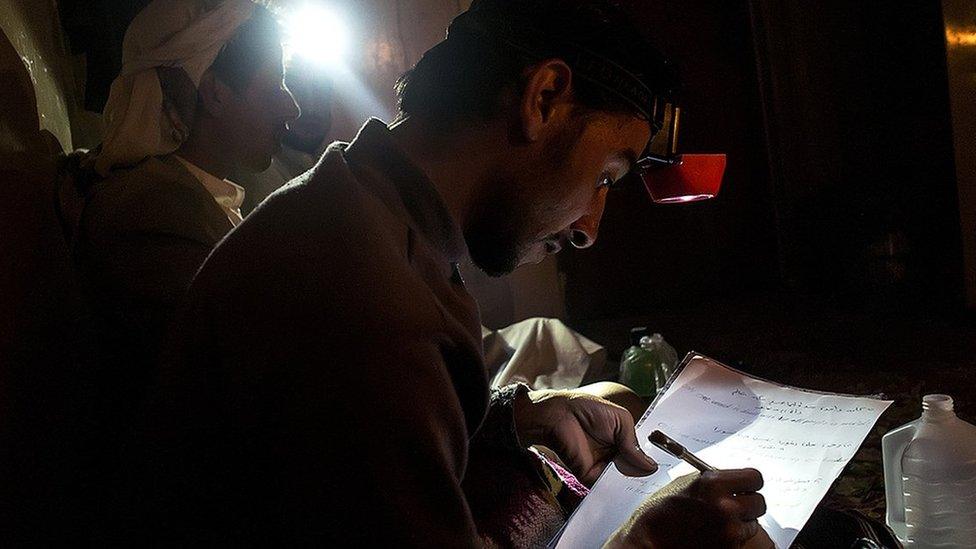
Protests lasted more than a year as demonstrators set up camp in city centres. Meanwhile, life went on, albeit with severe hardships, for most Yemenis. Food prices rose, cooking gas and fuel were in short supply and blackouts were frequent. In early 2012, these students at Sanaa University used torches to do homework. In early March 2013 sabotage attacks by tribesmen in Yemen’s north again threw much of the country into darkness.
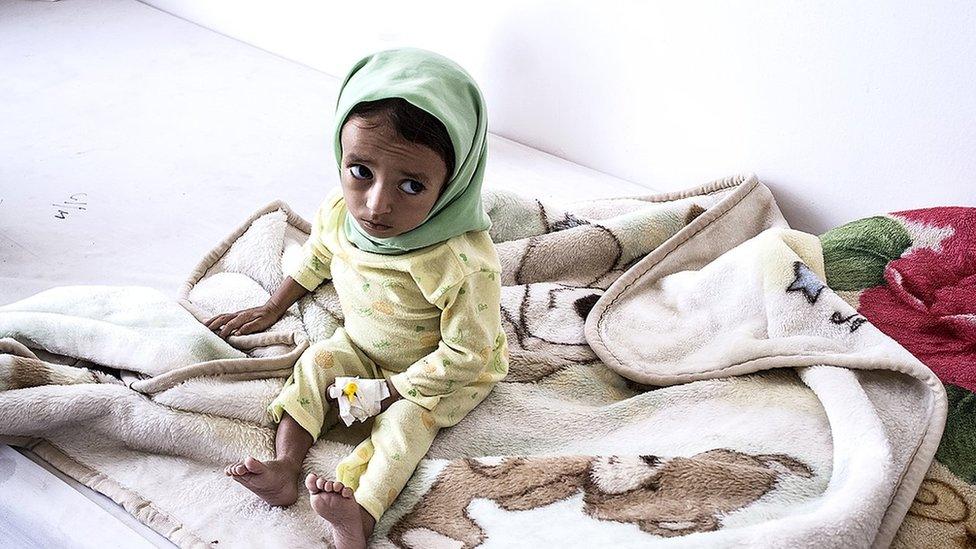
With President Saleh’s efforts focused on remaining in power, general security and stability rapidly deteriorated in 2011. Among the inevitable consequences for the Arab world’s poorest nation was a worsening humanitarian situation. In 2012, the UN World Food Programme said that one million Yemeni children faced severe malnutrition. At Sanaa’s al-Sabeen Hospital, Dr Obei said: “The Ministry of Health only provides us with milk - this is not enough.”
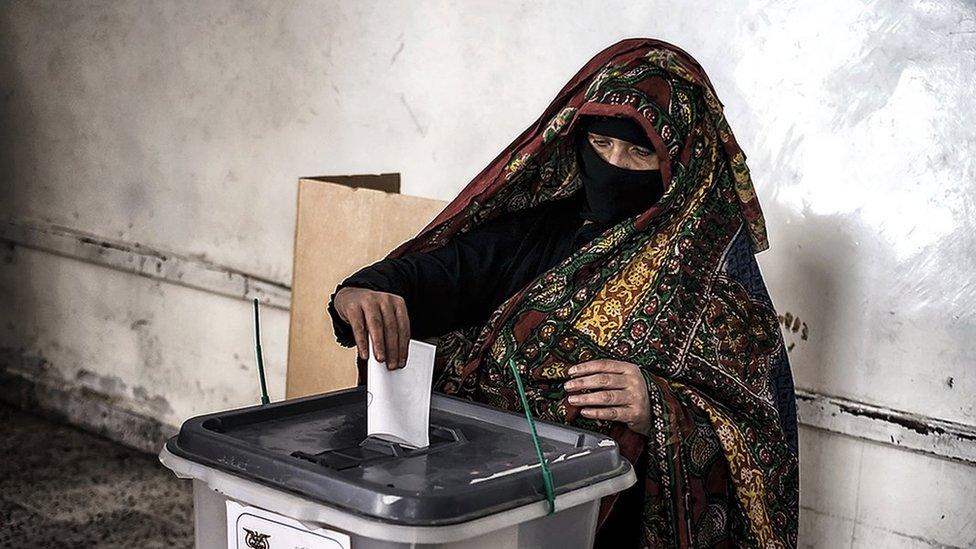
In November 2011, President Saleh signed an agreement sponsored by Gulf states to hand over power to Abdrabbuh Mansour Hadi. As part of the deal, Mr Hadi stood as the sole candidate in a presidential election in February 2012. Government officials reported that 65.5% of Yemenis, including this woman in the old city of Sanaa, voted. While many celebrated the end Mr Saleh’s rule, some pointed out that the new president had served as his deputy for 17 years.

Under Mr Hadi, military campaigns against al-Qaeda militants entrenched in Yemen’s south were met with retaliatory suicide bomb attacks, including one which claimed the lives of over 120 soldiers in Sanaa in May 2012. Above, a child surveyed the damage caused to a home by a suicide bombing which claimed the lives of five civilians and seven soldiers in Sanaa.
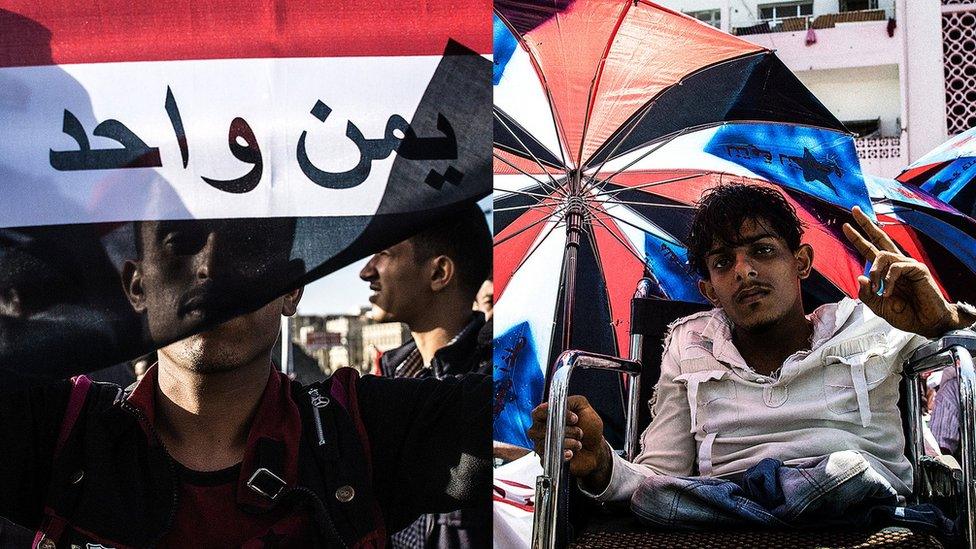
One of the most challenging issues on the table at the National Dialogue Conference will be how to respond to southern Yemenis’ discontent and numerous calls for secession. Many citizens - such as the man on the left - who’s holding up a Yemeni flag with the words "one Yemen" written upon it – feel that the country must remain united. Others – such as the secessionist Southern Movement supporter in Aden on the right – believe that there must be a return to an independent south Yemeni state.

A UN Security Council session in Sanaa in November 2012 was attended by key figures in Yemen’s transitional process - from left, UN Special Advisor to Yemen Jamal Benomar, GCC Secretary General Abdul-Latif al-Zayani, President Hadi, and UN Secretary General Ban Ki-moon. Speaking about Yemen’s transitional process Ban Ki-moon said during his visit: "This is a process which must be irreversible. There is no turning back."

Less than two weeks after the UN threatened him with sanctions because of fears he was meddling in Yemen’s transitional process, ousted President Ali Abdullah Saleh held a large gathering in Sanaa. With thousands of his supporters in attendance, he called for “reconciliation, shaking hands and forgiveness of the past to build a new Yemen”. Meanwhile, at the massive Sanaa mosque which bears his name, a museum focused on Mr Saleh’s political career has been opened.
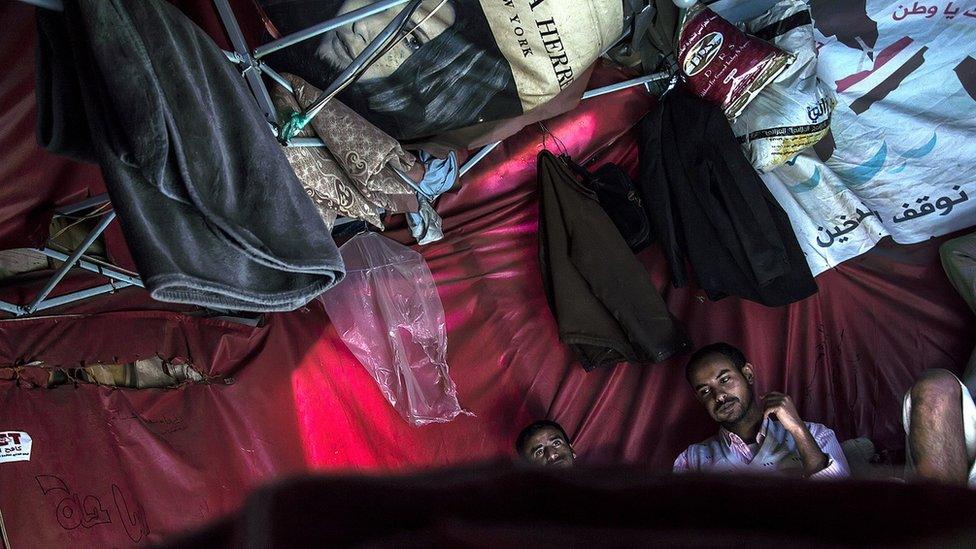
At Sanaa’s Change Square, where protesters created a vibrant, bustling tent city in early 2011, some improvised structures still stand. On the second anniversary of the launch of Yemen’s 'Youth Revolution', Imad (right) said that since Yemen entered its own Arab Spring, “Nothing has changed.”
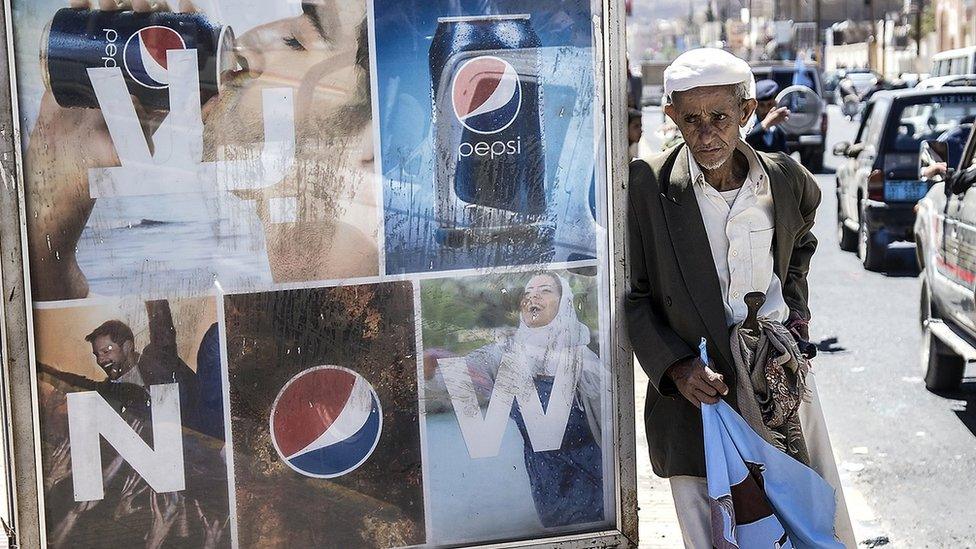
On a street in Sanaa, an elderly man holds onto a flag bearing the symbol – a rearing horse – of the General People’s Congress party, of which President Hadi is a member and Mr Saleh its head. In Yemen, 44% of the population is under the age of 15. While the political changes in Yemen were brought about first and foremost by young protesters, only 40 of the National Dialogue Conference’s 565 seats have been allotted to ‘independent youths’. [Pictures and text by Luke Somers]